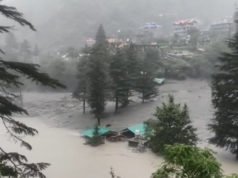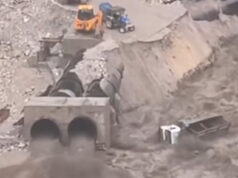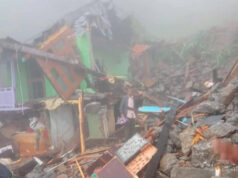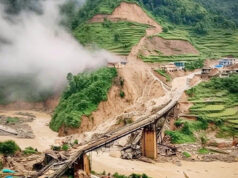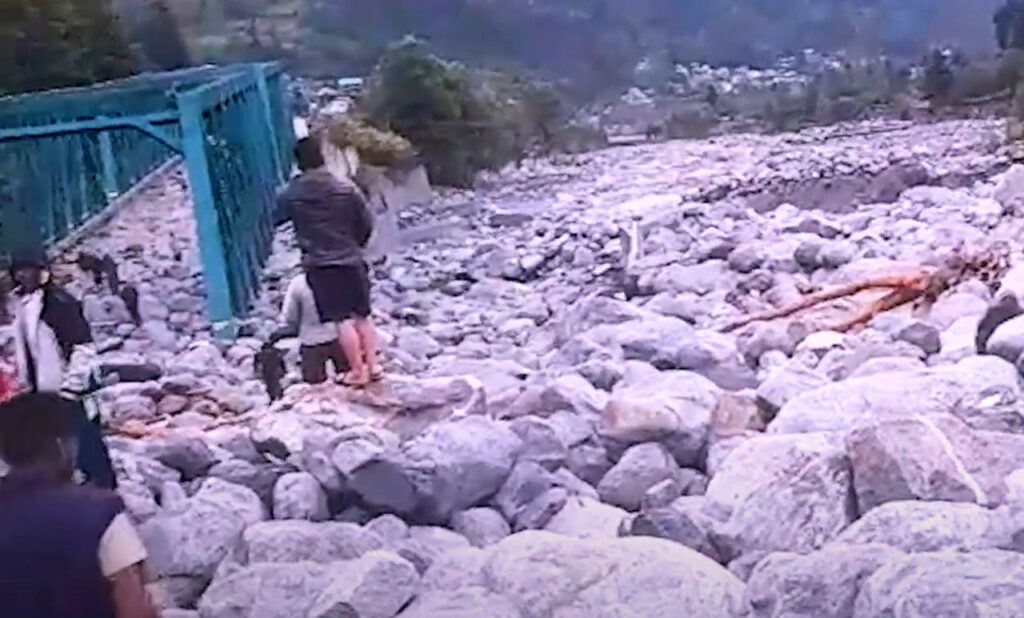
Kullu: As cloudbursts continue to wreak havoc across the region, Kullu district is taking a significant step to reduce the devastating impact of these extreme weather events. A state-of-the-art early warning system is being developed to provide residents and authorities with critical alerts before a cloudburst occurs. This system, set to be operational by 2025, is part of an ambitious project spearheaded by the GB Pant National Himalayan Environment Institute under the National Himalayan Study Mission.
The early warning system will be installed in three of Kullu’s most vulnerable areas: Fozal, Chhakinala, and Sainj. These locations, known for their susceptibility to flash floods and landslides, will be equipped with sensors linked to a software model developed in Bangalore. The model is currently awaiting approval from the Ministry of Environment and Climate Change, after which it will be integrated with sensors that will monitor rainfall intensity and atmospheric pressure in real-time.
Institute Director E. Rakesh Kumar Singh explained, “The system will provide timely alerts based on real-time data, allowing residents and authorities to take preventive measures before a cloudburst strikes.” The installation of the system is expected to help prevent the kind of destruction that has plagued the district in recent years.
Cloudbursts, typically marked by sudden and intense rainfall over a short period, have caused significant damage in Kullu over the past decade. The district’s steep terrain and unpredictable weather patterns, exacerbated by climate change, make it especially vulnerable. Notable incidents include the 2023 cloudburst in Sainj Valley, which claimed lives and destroyed homes, and the 2018 Chhakinala disaster, which led to the loss of agricultural land and infrastructure.
In addition to the loss of life, these cloudbursts have led to severe economic losses, with infrastructure like roads, bridges, and hydropower projects damaged or destroyed, costing the region crores annually. Environmental consequences, such as soil erosion and deforestation, have also been significant, further increasing the district’s vulnerability to future disasters.
Experts say that while the early warning system is a crucial step in disaster preparedness, it is only part of the solution. “We need to strengthen local infrastructure, enhance drainage systems, and undertake afforestation initiatives to build long-term resilience,” said an environmental expert. Additionally, educating local communities about disaster preparedness and emergency protocols will be key to minimizing future risks.
Cloudbursts are a major problem across many parts of Himachal Pradesh during the monsoon season, and Kullu’s success with this early warning system could serve as a model for the entire state. By providing alerts in advance, this system will help in rescuing affected areas before cloudbursts wreak havoc, ultimately reducing the loss of life and property in the region. The proactive measures being taken now could serve as a blueprint for tackling the cloudburst crisis across Himachal Pradesh.




